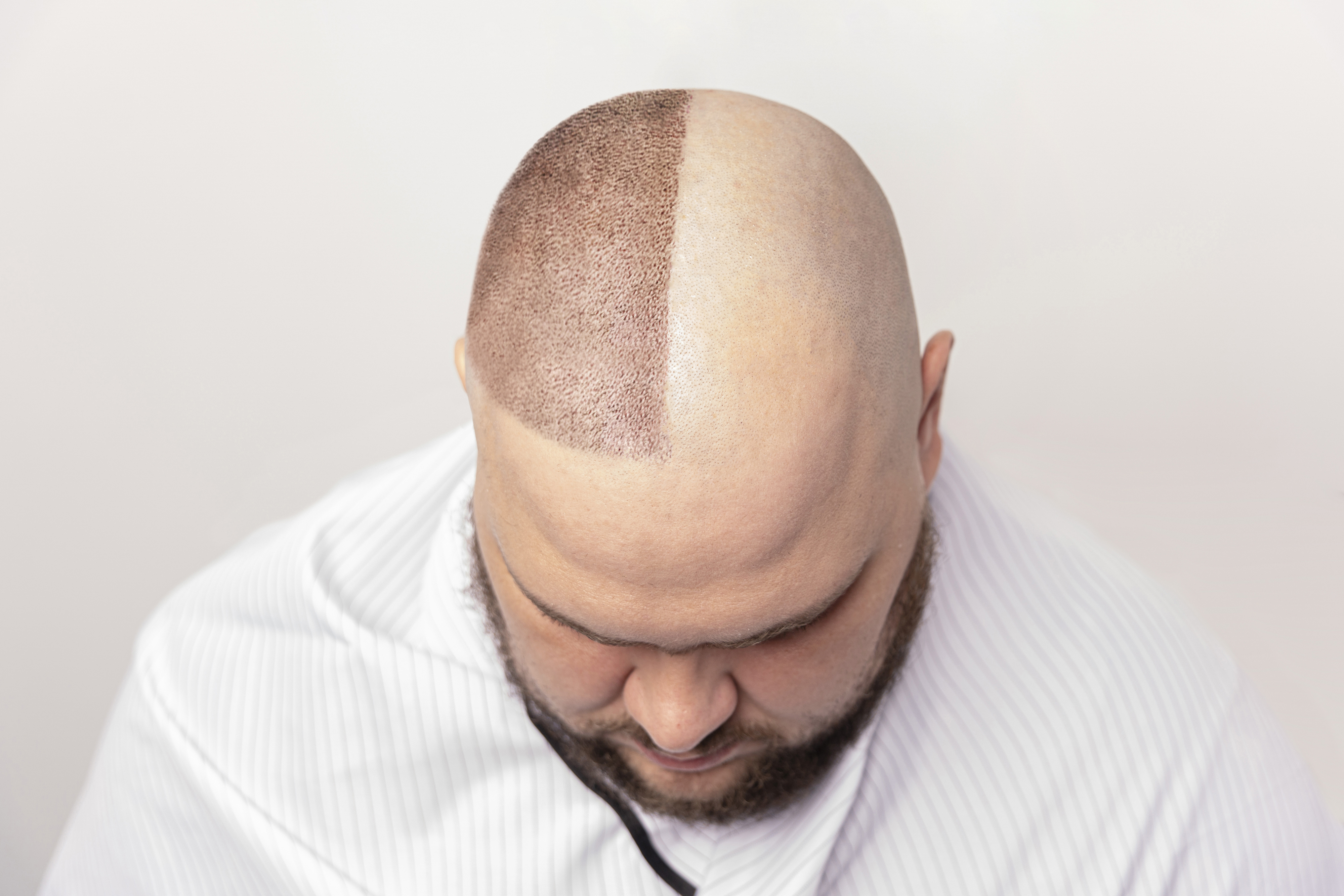If you’re researching hair transplantation, chances are your very first question is “How many grafts will I need?” It’s a perfect place to begin—after all, your graft count directly impacts both cost and final result. Yet there is no universal answer. Just as no two people have identical faces, no two hair-transplant journeys are exactly alike. In this guide, we’ll demystify the concept of a “graft,” explain how your personal characteristics determine your ideal graft number, and empower you with the knowledge you need to make informed decisions about your treatment.
Unlike off-the-rack clothing, hair-transplant grafts must be custom-tailored to each patient. Your current hair loss pattern, the density you desire, the quality of your donor area, and even the color and texture of your hair all play a role. By the end of this article, you’ll understand why clinics never quote graft numbers without first performing a detailed evaluation—and why you should be wary of generic online calculators that claim to predict your exact needs.
Before diving into numbers, let’s clarify the most fundamental term in hair restoration.
Think of a graft as a tiny flowerpot and the follicles as the seeds within it. Each graft might contain a single seed—or two, three, or four—depending on how your follicles naturally cluster. When surgeons harvest grafts, they preserve these natural groupings to maximize survival and maintain a natural appearance.
Why This Matters: If you need 3,000 grafts, that doesn’t translate to 3,000 individual hairs. Because each graft contains multiple follicles, your transplant might deliver 6,000 to 7,500 new hairs. That distinction is crucial when estimating coverage and planning your budget.

No two cases are identical, so let’s explore the main variables that influence how many grafts you’ll need.
The Norwood Scale is the most widely used system for classifying male-pattern baldness. It ranges from Stage 1 (no visible recession) to Stage 7 (extensive balding). Understanding your Norwood stage provides a baseline for graft estimates:
These numbers are rough guidelines. Your unique donor capacity, hair characteristics, and aesthetic goals will refine the final recommendation.
“Density” refers to the number of grafts (or hairs) per square centimeter in the transplanted area. Typical density targets range from 30 to 50 grafts/cm² for a natural, moderately full look. Higher densities (up to 60 grafts/cm²) can produce a very thick appearance but require a larger donor supply.
Your expectation—whether to refresh a receded hairline or achieve a widely dense look—directly affects your graft count.
Your donor area, typically the back and sides of your scalp, provides the follicles for transplantation. Think of it as a limited natural “bank.” Several factors influence its capacity:
A skilled surgeon avoids “overharvesting,” which can lead to visible thinning in the donor zone. Protecting the donor area ensures future sessions, if needed, remain viable.
Not all hair is created equal. Certain natural qualities can enhance coverage:
By considering these traits, your surgeon can tailor your plan to make the most efficient use of available grafts.
You’ll encounter numerous online “graft calculators” designed to spit out a single number based on your age, hair loss level, and hair characteristics. While these tools can provide a rough ballpark, they have critical limitations:
Bottom Line: Use calculators as a starting point. The only accurate graft assessment comes from a comprehensive consultation with an experienced hair-transplant specialist—either in person or via a detailed virtual examination.
Understanding what a graft is and the many factors that determine how many grafts you really need is the foundation of a transparent, trustworthy hair-transplant journey. From your Norwood stage to donor capacity, hair characteristics, and personal expectations, every element shapes your unique graft count.
Stop guessing and get a definitive answer tailored to you. Click here to schedule your FREE, no-obligation consultation—and let our experts provide a personalized graft estimation and treatment plan. With clear information and professional guidance, you’ll move forward confident in both the process and the outcome.

Contact with our experts and learn about your options! Or fill the form right side and we will call you
